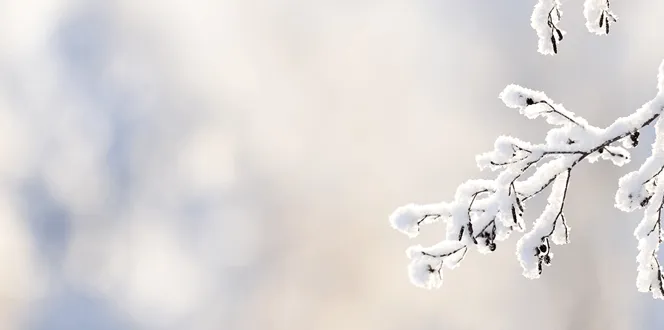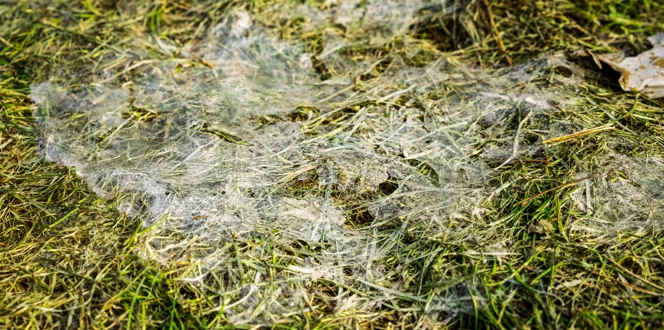When the spring season arrives, everything should feel bright, warm and fresh! That is until winter elements interrupt and delight us with one last freeze (just when we thought we were in the clear).
An untimely temperature dip isn’t just a shock for us. Our trees notice, too.
When typical spring temperatures turn frigid, some trees may experience frost damage. One of our blog readers, Kathy from Ohio, reached out about her beech tree. She asked, “My leaf buds got frosted this spring and died. We had very early temperatures in the 70s then it got seasonably cold. Can the tree be saved?”
Keep reading to learn the answer to Kathy’s question and care tips for trees affected by a sudden freeze.
Will a late spring frost or snowfall hurt my tree?
Frost damage affects all trees in some way. The good news is that for most trees it’s only a small setback, and they can fully recover with your help.
How does a late spring frost damage trees?
Any drastic change in weather can stress out trees, especially if they weren’t ready for it! That’s why if your tree put out new growth as spring arrived, those blooms or shoots could be damaged when temperatures suddenly drop.
Many trees can sprout again later in the season after this disruption. However, flower and fruit trees are particularly vulnerable to frost and may not be able to produce new flowers or fruit for the current year.
How does frost damage affect my specific type of tree?
In general, frost damage will turn the new growth brown a few days after the freeze. Here’s a closer look at how some trees react:
- Japanese maples damaged by a late frost may have shriveled, black or brown leaves. Those leaves may fall off and eventually regrow (albeit a bit weaker the second time). If your Japanese maple had only buds when hit by frost, they should be OK.
- Maple tree frost damage causes leaf edges to turn brown or crinkle, but the tree stays strong for the most part. Maples should have no problem with a second sprout when temperatures level out. Similarly, if maple leaves were still just buds, the tree should be fine.
- Redbud frost damage makes leaves turn brown and wilt. As long as the trees are healthy, they should be able to sprout a new canopy. If the buds were hit hard by frost or snow, they may not bloom.
- Lilac freeze damage isn’t too common. Lilacs handle cold climates better than most flowering trees, so at worst, you may see a little browning.
- Magnolia tree frost damage causes broken stems and wilted, blackened leaves. But, with a little care, the tree should be able to replenish its canopy. If flower buds were hit after they began to show color, bloom will likely be reduced. Some buds may still flower (although not as brilliantly) while others might drop pets and look lackluster..
Can you help trees damaged by frost?
Getting back to Kathy’s question, frost-damaged trees can often be saved with some special attention.
Here’s what to do:
- Trees on the edge of their climatic range are usually more vulnerable to late season frosts. Always plant the right tree in the right place!
- Check your forecast to track upcoming temperature drops. You can get ahead of it by watering your tree the night before or covering your tree with a breathable material, like burlap, if it is small enough.
- Once there’s no risk of another freeze, keep the tree stocked with water for the rest of the growing season. Deeply water your tree once a week should do the trick.
- Mulch your tree to lock in soil moisture. A ring of mulch that’s 2-to-4-inches deep will also provide nutrients for the tree’s new leaves.
- Prune out any dead stems. Here’s how to tell which ones aren’t making a comeback.





